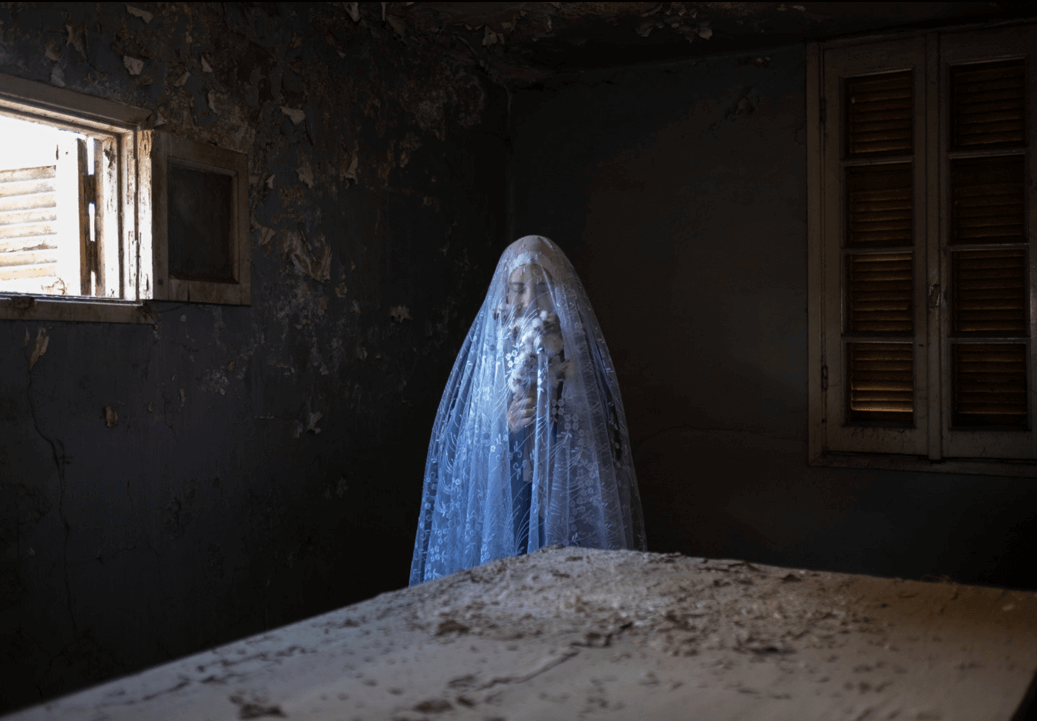Curated by AAF’s founder and director Azu Nwagbogu, LagosPhoto Festival transitions to a biennale with the theme ‘Incarceration.’ The 2025 edition will feature commissioned works from artists and diverse curations of incarceration perspectives, in collaboration with upcoming curators under Nwagbogu’s guidance.
2025 Theme: Incarceration
The theme for LagosPhoto Festival 2025 is ‘Incarceration.’ This edition will explore various dimensions of incarceration, from physical imprisonment to intellectual, psychological, and societal confinement. As described by Head Curator Azu Nwagbogu, “Incarceration can take many forms – physical, intellectual, and psychological. It can be imposed by external forces or self-inflicted through our own mental models and societal structures. Through this theme, we aim to challenge artists to uncover and liberate narratives that resonate with our times.”
LagosPhoto Festival 2025 – Incarceration
Curatorial Outline
Text by Head Curator, Azu Nwagbogu
There are many types of incarceration. There is being locked up in a prison cell, facing a ‘sentence’ that can range from a few weeks to a ‘life’ term with no prospect of release.
There is the intellectual incarceration of being hubristically trapped in false mental models and lacking the humility to escape this self-imposed captivity by revisiting old assumptions and re-evaluating old conclusions.
There is the incarceration of corruption — the prison bars, gilded cages, of eminent residents held captive, and for whom abuse of power and self-interest go hand-in-hand. The authority vested in them by their high office is not made of metal — or even tangible — but is rather mental and psychological, constituted of pride and lassitude, and rendered in symptoms akin to acrophobia.
There is the incarceration of being dehumanized by physical, mental, or psychological conditions.
Physical: being forced to live under forms of segregation, with water, power, and all other basic amenities controlled — and withheld at whim — by an occupying power.
There is also the incarceration by architecture: the manner of building to keep others out and keep some caged in.
Mental and psychological: having one’s freedom of thought or expression curtailed. This may be the artistic or literary freedom of a writer or visual artist — the kind of oppression we usually associate with the word “censorship.” Or it may be the prison of skin tone — imposed by others, or internalized — that limits one’s sense of a wholesome existence.
There is the incarceration of the narratives that we tell ourselves about ourselves that are not necessarily true. Perhaps the more shocking incarceration is that of the ordinary citizen who cannot speak freely about their experiences without fear of being persecuted or imprisoned by the authorities.
There is the incarceration by national borders — shaped and incentivised by European rapacity. A gathering organised by Otto von Bismarck, the first Chancellor of Germany, 140 years ago continues to confound the continent of Africa. That ungodly gathering in Berlin remains a wound.
With all professed truths, there is always an underlying paradox. For example, the world’s great democracy — the land of the brave and free — has by far the most incarcerated people on the planet. The 2.2 million currently incarcerated prisoners account for a quarter of the world’s total number of prisoners.
To be free is to be willing to suffer for the truth. All great art is a quest for this truth, and nothing can be more insipid than the performativity of virtue over the actual embrace of virtue.
Materiality plays a vital role in closing the liminal space between an artist’s vision and the viewer’s perception. The greatest danger in any creative endeavour is simply to begin.
The second aspect of incarceration is that both the artistic ‘giver’ and the audience, viewer, or ‘receiver’ are trapped — held captive — in their own reference systems, limited by bars established through essentialist predetermination.
However, the lens captures and liberates time. Photographers, filmmakers, and image-makers understand the urgency of creating and preserving artefacts of our time.
For the 15th edition of the annual LagosPhoto Festival, we challenge artists to liberate narratives that are powerful artefacts of our time.
ABOUT AAF: African Artists ’Foundation (AAF), founded in 2007 in Lagos, Nigeria, is a decentralized, multivalent, metamorphic art space that embraces community values and experimental artistic principles. AAF supports boundary-breaking artistic ideas and promotes social justice issues, ecology, and community initiatives by empowering creative expression. The foundation fosters a deeper understanding and appreciation of contemporary art, design, and culture through residencies, workshops, exhibitions, and educational programs.
ABOUT LAGOSPHOTO: Launched in 2010, LagosPhoto is the first international arts festival of photography in Nigeria. The festival includes exhibitions, workshops, artist presentations, discussions, and large-scale outdoor prints displayed throughout Lagos. LagosPhoto aims to establish a community for contemporary photography, uniting local and international artists through images that encapsulate individual experiences and identities from across Africa. The festival educates about photography as it explores historical and contemporary issues, shares cultural practices, and promotes social programs.

